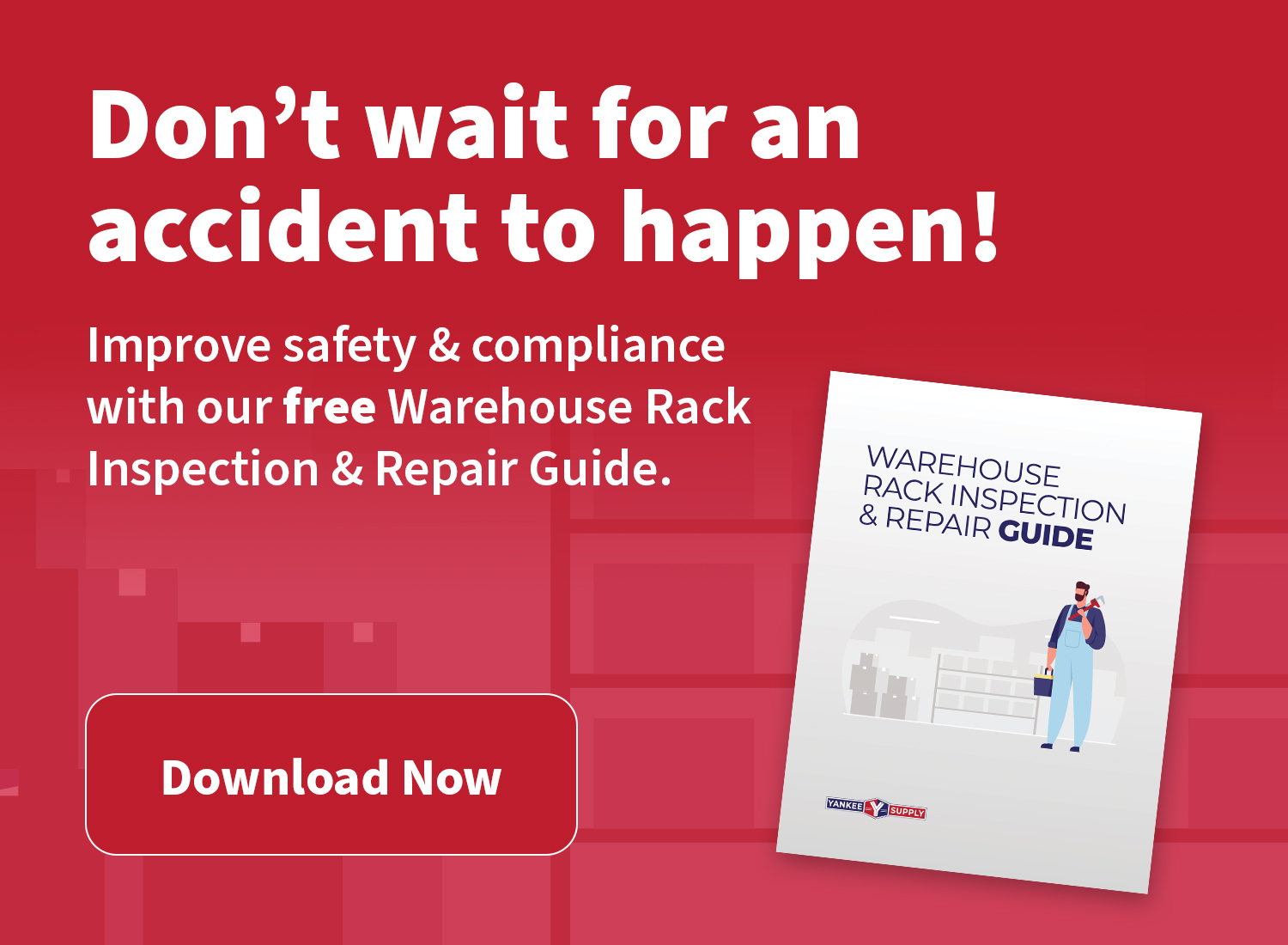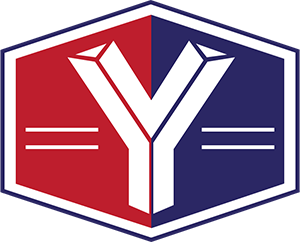Warehouse efficiency is critical for the success of any business that relies on the storage and movement of goods. As a warehouse manager, it is your responsibility to ensure that your warehouse is running smoothly and efficiently, so that you can meet the needs of your customers and keep costs under control.
In this article, we will discuss several strategies that you can use to increase efficiency in warehouse, including streamlining processes, utilizing advanced technology, and more. By following these tips, you can improve the performance of your warehouse and cut down on inefficient processes that could be costing you money.
5 Tips for Warehouse Efficiency
1. Provide Training and Resources to Employees
Training warehouse employees is an important part of increasing efficiency in the warehouse.
By providing your employees with the skills and knowledge they need to perform their tasks effectively, you can improve the speed and accuracy of warehouse operations. This can be achieved through a variety of methods, including on-the-job training, classroom-based training, and online courses.
Additionally, it is important to regularly review and update employee training to ensure that it remains relevant and effective. By investing in employee training, you can help your team work more efficiently and effectively, which can ultimately lead to increased productivity and profitability for your business.
Overall, well-trained employees are an essential component of a successful and efficient warehouse operation.
2. Utilize Automated Technology
According to Investor’s Business Daily, automation has become more popular than ever as 2022 labor shortages forced warehouse-giant Amazon to turn to machines.
Even if you are not running a massive ecommerce fulfillment center, automation can still be a life-saver. By automating repetitive or time-consuming tasks, such as pick and pack operations, you can free up your employees to focus on more value-added activities.
Automated technology can also help to reduce errors and improve accuracy in the warehouse, as it can be programmed to follow precise instructions and can often operate more consistently than human workers. The added cost of implementing this type of technology could be right for you if your warehouse has the potential to bring in more money and cut costs elsewhere with its implementation.
Some examples of automated technology that can be used in the warehouse include robotic pickers and packers, automated conveyor systems, and real-time tracking systems. While implementing automated technology can require a significant upfront investment, it can pay off in the long run by increasing efficiency and reducing labor costs.
Overall, using automated technology can be an effective way to streamline warehouse operation, eliminate guesswork, and drive business success.
3. Reorganize Layout and Flow
It might seem overly simplistic, but the way your warehouse is mapped can actually have major impacts on efficiencies.
By carefully planning the layout and flow of the warehouse, you can minimize the distance that employees and materials need to travel, which can save time and reduce the risk of errors. This may require the purchase of products designed for the efficient storage of items, but the benefits outweigh the cost. Some strategies for reorganizing the layout and flow of a warehouse include:
- Grouping similar items or activities together to reduce the need for employees to travel between different parts of the warehouse.
- Using flow racks or other storage systems to optimize the flow of materials and reduce the need for handling.
- Implementing one-way flow systems to reduce the risk of collisions and improve the flow of materials.
- Designing the layout to minimize the distance between receiving, storage, and shipping areas.
4. Collaborate with Suppliers and Customers
Collaborating with warehouse suppliers and customers can be an effective way to reduce inefficiencies in the warehouse. By working closely with these stakeholders, you can identify opportunities to streamline the flow of goods into and out of the warehouse and reduce the time and cost associated with handling and storing materials.
Some strategies for collaborating with warehouse suppliers and customers include:
- Establishing clear communication channels and regularly reviewing the performance of suppliers and customers to identify opportunities for improvement.
- Implementing just-in-time (JIT) inventory management to reduce the need for large quantities of inventory and minimize the risk of excess or obsolete stock.
- Collaborating with suppliers to optimize the scheduling and timing of deliveries to reduce the need for intermediate storage.
- Working with customers to identify ways to streamline the flow of goods and reduce the number of unnecessary handling steps in the warehouse.
5. Try out New Storage Techniques
Utilizing cross-docking and other techniques to minimize the need for storage and handling of incoming goods is another great way to maximize efficiency in a warehouse.
Cross-docking is a logistics and supply chain management strategy that involves the unloading of inbound materials from incoming trucks or railcars and loading them directly onto outbound vehicles, without the need for intermediate storage or handling.
The goal of cross-docking is to minimize the time and cost associated with handling and storing inbound goods, and to improve the efficiency and speed of outbound deliveries.
Cross-docking can be implemented in a variety of ways, depending on the specific needs of the warehouse and the nature of the goods being handled.
Some common types of cross-docking include:
- Inbound-to-outbound cross-docking: In this case, inbound materials are unloaded from incoming vehicles and immediately loaded onto outbound vehicles, without the need for intermediate storage.
- Outbound-to-inbound cross-docking: In this case, outbound materials are unloaded from outgoing vehicles and immediately loaded onto incoming vehicles, without the need for intermediate storage.
- Consolidation cross-docking: In this case, inbound materials from multiple sources are consolidated and sorted at the warehouse before being loaded onto outbound vehicles.
Need Help Getting Started?
Overall, the key to eliminating inefficiencies in a warehouse is to regularly review and analyze warehouse operations, identify areas for improvement, and implement solutions that streamline processes and eliminate waste.
If you’re not sure where to start, Yankee Supply is here to help. With services such as equipment fabrication and installation, bulk product sales, and other warehouse solutions, your bases are covered. Get a quote today, or contact us directly at (866)-470-4206.









